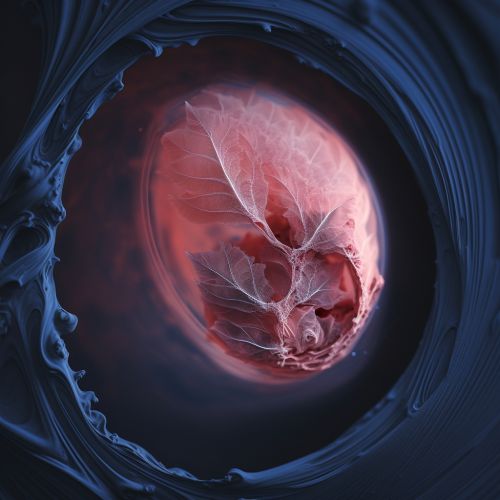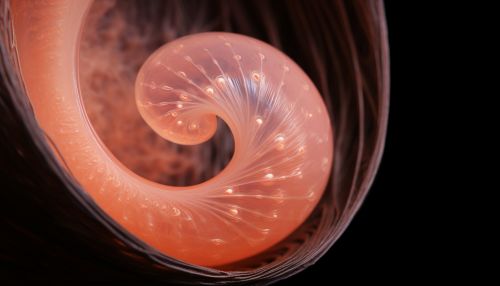Prenatal Development in Mammals
Overview
Prenatal development in mammals refers to the process in which an offspring, or embryo, forms and develops within the mother's womb. This process begins with fertilization, where the sperm and egg cell unite, and ends at birth. The prenatal development period is divided into three main stages: the germinal stage, the embryonic stage, and the fetal stage. Each stage plays a crucial role in the development of the offspring and prepares it for life outside the womb.


Germinal Stage
The germinal stage, also known as the pre-embryonic stage, begins at fertilization and lasts until the zygote implants into the uterine wall, approximately two weeks later. During this stage, the fertilized egg, or zygote, undergoes rapid cell division and growth, forming a mass of cells. This mass of cells, known as a blastocyst, travels down the fallopian tube and implants into the uterine wall, marking the end of the germinal stage and the beginning of the embryonic stage.
Embryonic Stage
The embryonic stage, lasting from the second week to the eighth week of pregnancy, is characterized by the differentiation of cells and the formation of major organs. During this stage, the blastocyst differentiates into two layers: the inner cell mass, which will form the embryo, and the outer cell layer, which will form the placenta and other support structures. The inner cell mass further differentiates into three germ layers: the ectoderm, mesoderm, and endoderm. These germ layers will give rise to all the organs and tissues in the body.
The ectoderm forms the nervous system, sensory organs, and the outer layer of skin. The mesoderm forms the skeletal system, muscles, circulatory system, and other internal organs. The endoderm forms the digestive system, respiratory system, and other internal organs.
By the end of the embryonic stage, the embryo has a primitive heart that beats, arm and leg buds, and the beginning structures of the eyes and ears.
Fetal Stage
The fetal stage, lasting from the ninth week of pregnancy until birth, is characterized by the growth and maturation of the organs and systems that formed during the embryonic stage. During this stage, the fetus grows rapidly, and its organs become more complex and start to function.
The brain develops rapidly during the fetal stage, and the fetus begins to move, although the mother may not feel these movements until later in pregnancy. The sensory organs also develop, and the fetus begins to respond to light, sound, and touch.
By the end of the fetal stage, all the organs and systems are fully formed and functional, and the fetus is ready for life outside the womb.
Factors Influencing Prenatal Development
Several factors can influence prenatal development, including maternal health, environmental factors, and genetic factors. Maternal health and nutrition are crucial for the healthy development of the fetus. Poor nutrition or health problems in the mother can lead to complications such as low birth weight or premature birth.
Environmental factors, such as exposure to toxins or drugs, can also affect prenatal development. For example, exposure to alcohol during pregnancy can lead to fetal alcohol syndrome, a condition characterized by physical and mental disabilities.
Genetic factors can also influence prenatal development. Certain genetic conditions, such as Down syndrome, are caused by abnormalities in the number or structure of chromosomes.
Conclusion
Prenatal development in mammals is a complex process that involves the formation and growth of an embryo or fetus within the mother's womb. This process is influenced by several factors, including maternal health, environmental factors, and genetic factors. Understanding this process can help in the prevention and treatment of developmental disorders and complications during pregnancy.
